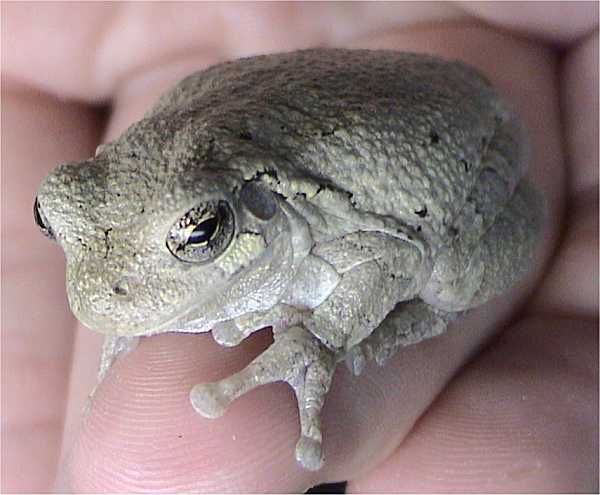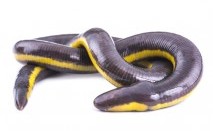
Category: Amphibians

This small, arboreal frog is widespread in the Eastern United States and Southeastern Canada. They are able to camouflage themselves by changing their skin color to match their surroundings. They change color at a slower rate than a chameleon, but can vary their hue from nearly black to almost white. The gray tree frog has an extra set of chromosomes, so is sometimes also called the tetraploid gray tree frog. An astonishing adaptation of these frogs is that they can survive freezing of their internal bodily fluids to as low as -8 degrees Celsius!
Learn more about the Gray Tree Frog at Wikipedia and Reptiles Magazine.

Caecilians: The Limbless Enigma
Caecilians are amphibians with long, limbless bodies that resemble worms or snakes more than frogs or salamanders. Their name means “blind ones,” a reference to their tiny, skin-covered (or in some cases, non-existent) eyes - which probably don’t get much use, as they spend most their lives burrowing underground. Caecilians are unusual for amphibians in that 75% of them give birth to live young, oftentimes, fully formed. There are also a few species where the mother actually grows a layer of nutritious, fatty skin that is eaten off by her own young, which is analogous to breastfeeding in mammals.
Learn more >>
 Discover Animals is a web-based educational resource offered by the NAIA
Discover Animals is a web-based educational resource offered by the NAIA